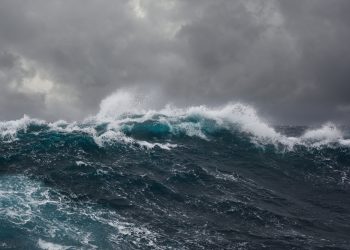![]() U.S. Sen. Mark Begich is leading an effort with Hawaii’s senators urging the Environmental Protection Agency (EPA) to adopt a phased-in approach for cruise ships forced to meet stricter standards for air emissions under the North American Emission Control Area, or ECA.
U.S. Sen. Mark Begich is leading an effort with Hawaii’s senators urging the Environmental Protection Agency (EPA) to adopt a phased-in approach for cruise ships forced to meet stricter standards for air emissions under the North American Emission Control Area, or ECA.
Under the ECA, cruise ships will be required to burn more expensive, cleaner-burning fuel in specific geographic areas in the U.S., including all of Alaska’s Inside Passage through the Gulf of Alaska and up to the major cruise ports of Whittier and Seward.
In a letter sent Thursday to Environmental Protection Agency Administrator Lisa Jackson, Begich requests a hybrid approach for cruise operators in Alaska and Hawaii wherein they will be required to burn cleaner fuel close to communities but will be allowed to use existing fuel types when in remote areas. Hawaii Sens. Daniel Inouye and Daniel Akaka joined Begich in signing the letter.
“Any federal rule increasing transportation costs to our geographically disadvantaged states has to be examined closely,” the letter to Jackson said. “We expect agency policy-makers to balance the costs incurred by operators of large vessels with the need to reduce harmful emissions through the use of lower sulfur fuel when inside the ECA. … In addition, our economies rely in large part on tourism, including a large number of cruise ship passengers.”
Alaska’s major tourism organizations and cruise-dependent coastal communities have joined with cruise operators to object to the ECA, citing concerns that it will drive the price of cruising up and the number of visitors down. Tourism is the third-largest private-sector industry in Alaska and more than half of Alaska’s annual visitors come on cruise ships.
Full implementation of the ECA would require the cruise industry to switch to cleaner fuels everywhere it operates in Alaska versus only in specific areas under Begich’s proposed hybrid approach. The hybrid approach will help protect air quality near communities while keeping costs competitive for the cruise industry.
Source: Alaska Business Monthly



























































